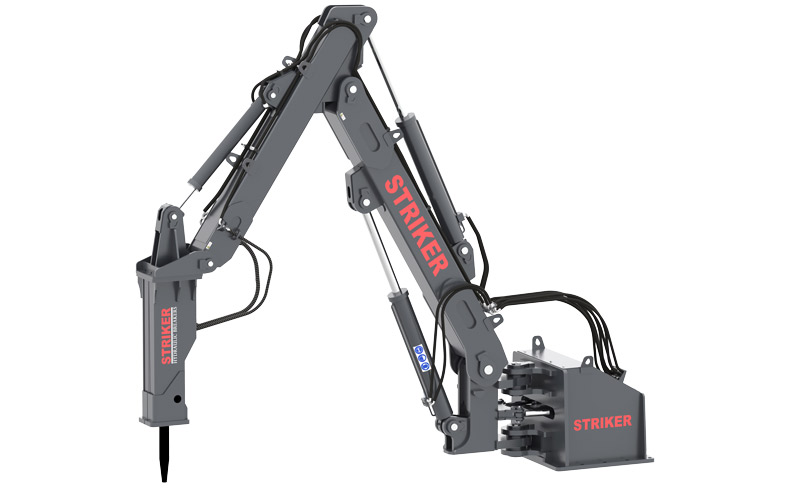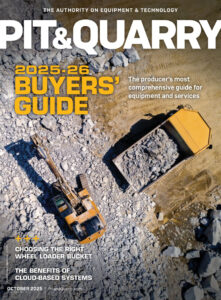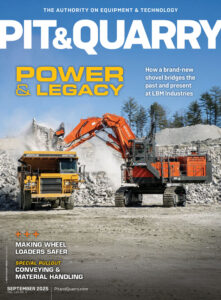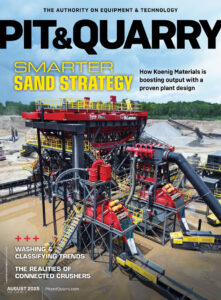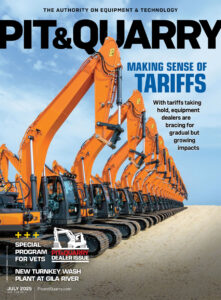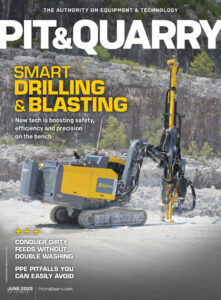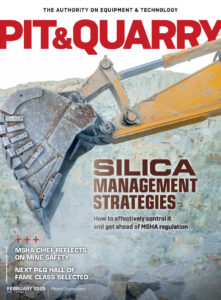
Tariffs were the theme of my column in May, so I suppose I’m doubling down on the topic by bringing it up again this month.
In recent weeks, the U.S. and China agreed to dramatically reduce most of their tariffs on one another for a 90-day stretch. While the development brought some short-term relief to markets, an air of uncertainty remains about the long road for U.S. trade.
Tariffs will eventually settle somewhere. President Trump, however, has publicly stated that one of his goals with tariffs is to reshore manufacturing.
I’m not convinced the glory days of U.S. manufacturing can be fully revived, but the idea of moving factories back to America undoubtedly has merit. The U.S. is so dependent on China and others to produce a multitude of things – both inside the industry and out. And there are plenty of reasons why it’s in the U.S.’s best interest to make things here, from job creation and economic growth to a local supply chain and greater national security.
In a way, the 2022 CHIPS Act served as a catalyst for the reshoring movement. It’s been a boon to our industry, fueling aggregate demand in the nonresidential construction sector in some regions. Select producers have already tapped into the semiconductor manufacturing opportunity, and more runway is ahead for these facilities.
Still, if the U.S. is serious about reshoring microchips or the plethora of items we depend on, then we must also make real investments in infrastructure and manufacturing jobs. Why pivot from the current system if those two aren’t part of the discussion?
If we do plan to build more factories in the U.S., we’ve got to have competent roads, bridges and highways to support them. According to the American Society of Civil Engineers (ASCE), the nation’s infrastructure is up from a “C-minus” grade in 2021 to a “C” grade this year based on the organization’s scoring.
While bridges earned an individual “C” grade from ASCE, roads scored a “D+.” In its 2025 report card, ASCE highlights how the nation’s roadways face a $684 billion funding gap over the next 10 years, as well as how the typical U.S. driver lost 43 hours to traffic congestion in 2024. Neither is a recipe for success if the plan is to boost manufacturing domestically.
Similarly, the U.S. is behind on the manufacturing jobs front. The latest data from the Bureau of Labor Statistics shows that 449,000 manufacturing jobs went unfilled in March. That’s a marked improvement from the 1 million jobs shortfall manufacturing had in 2022, but a recent study from Deloitte and The Manufacturing Institute points out that U.S. manufacturing could experience a net need for as many as 3.8 million jobs between 2024 and 2033.
A golden era would be ahead for aggregate producers if the U.S. took an “A+” approach to reshoring. Still, I wonder: Is all this back and forth on tariffs merely posturing, or are we truly serious about meeting a moment that could resonate for a century?


